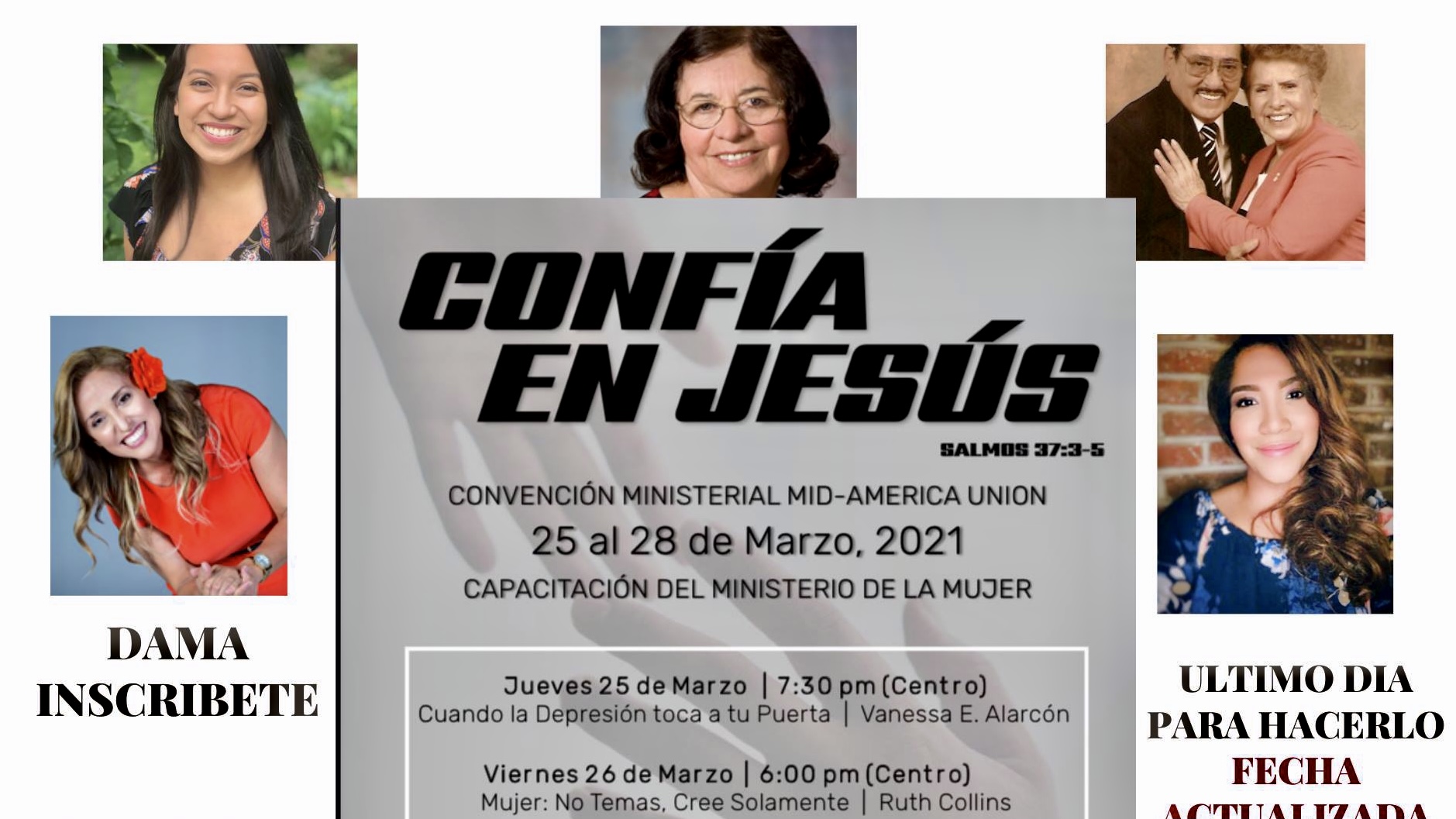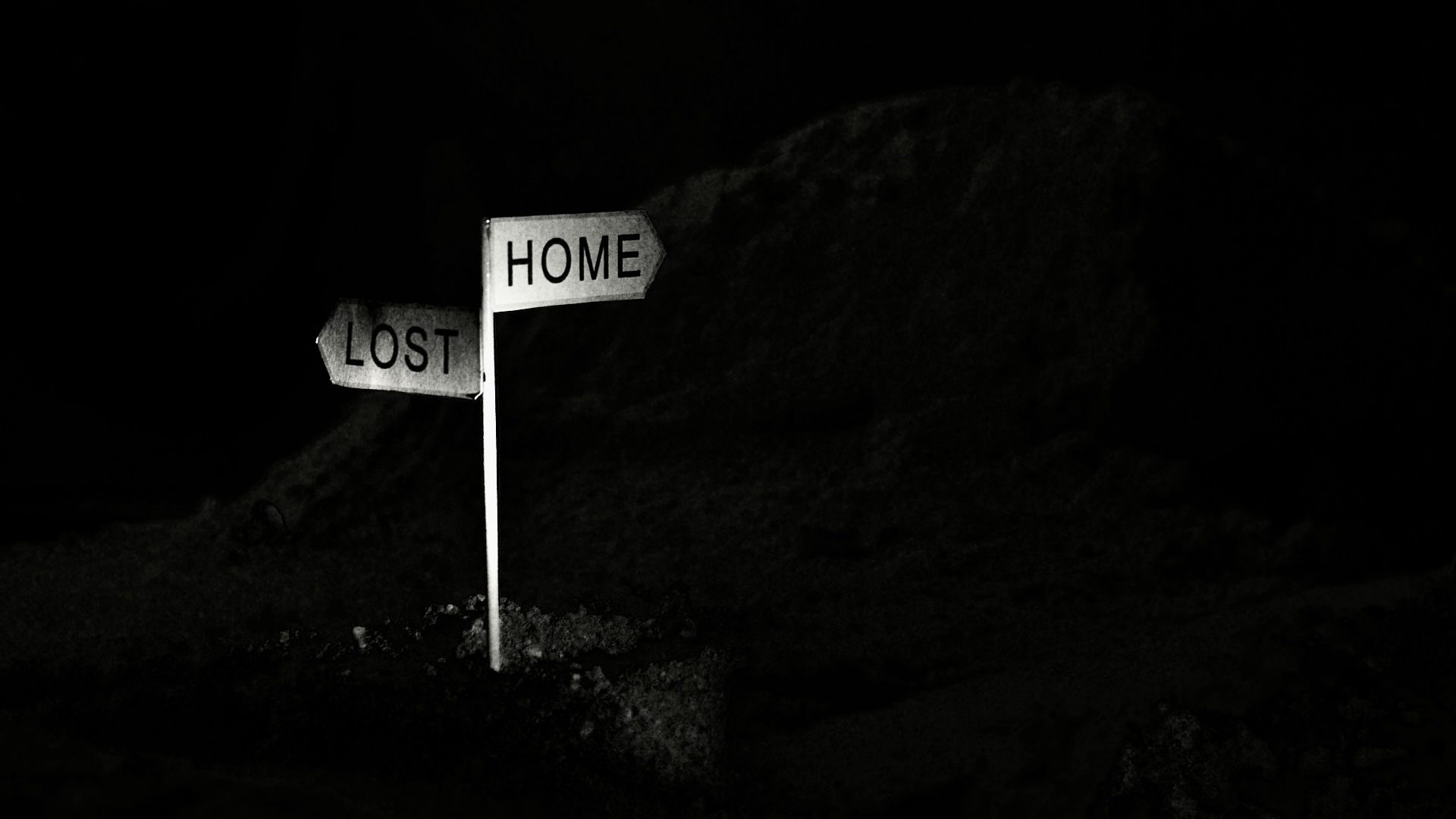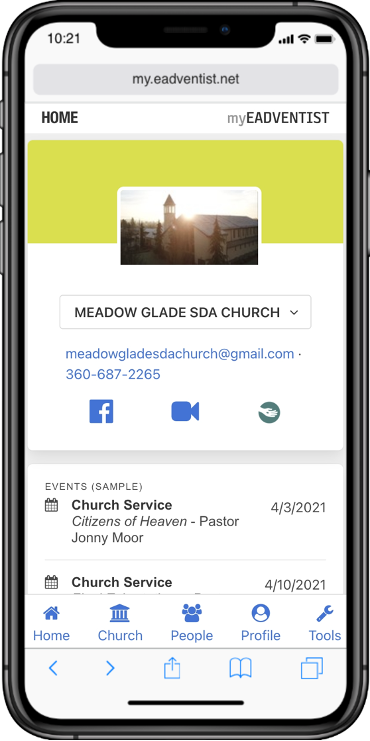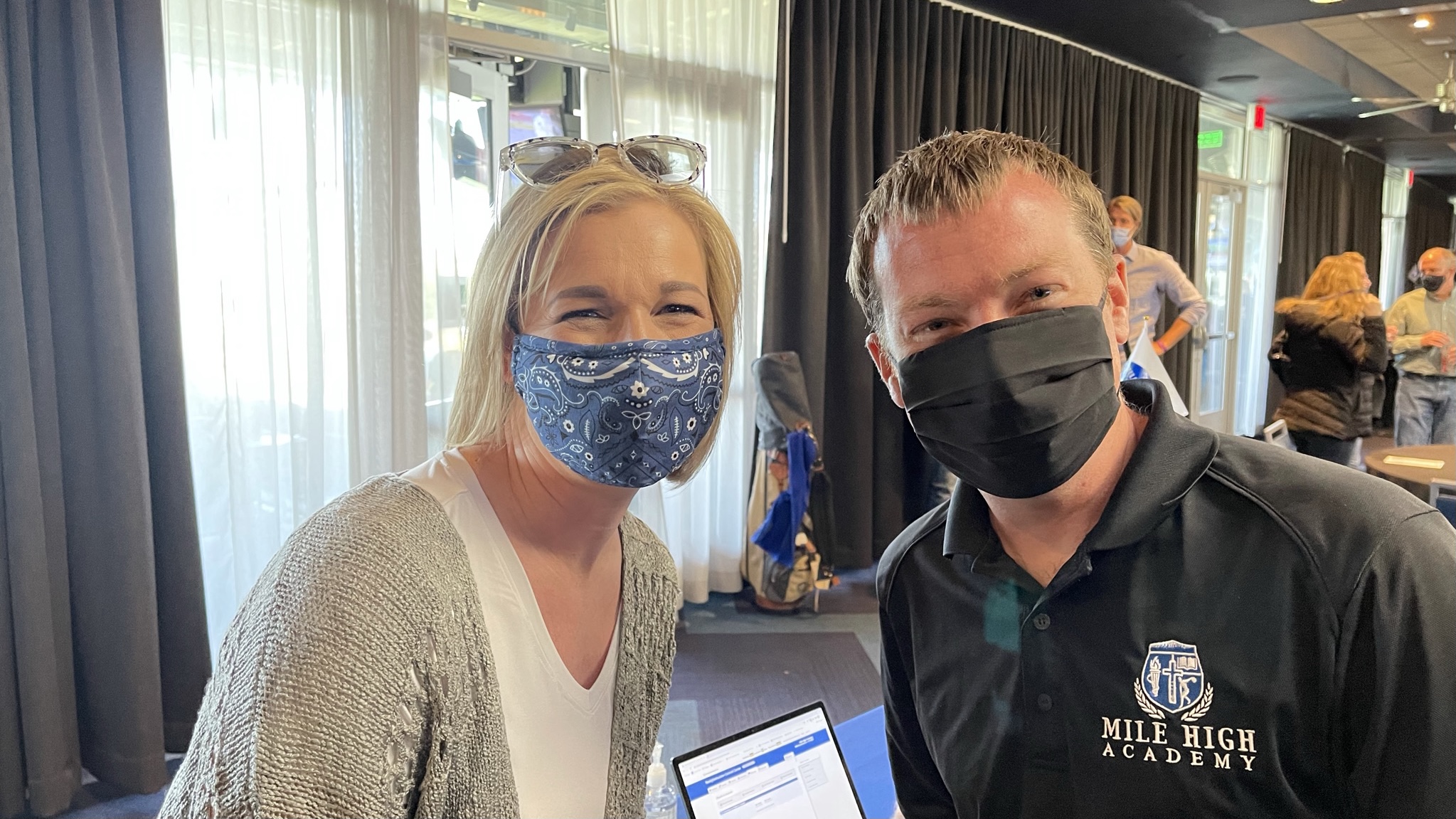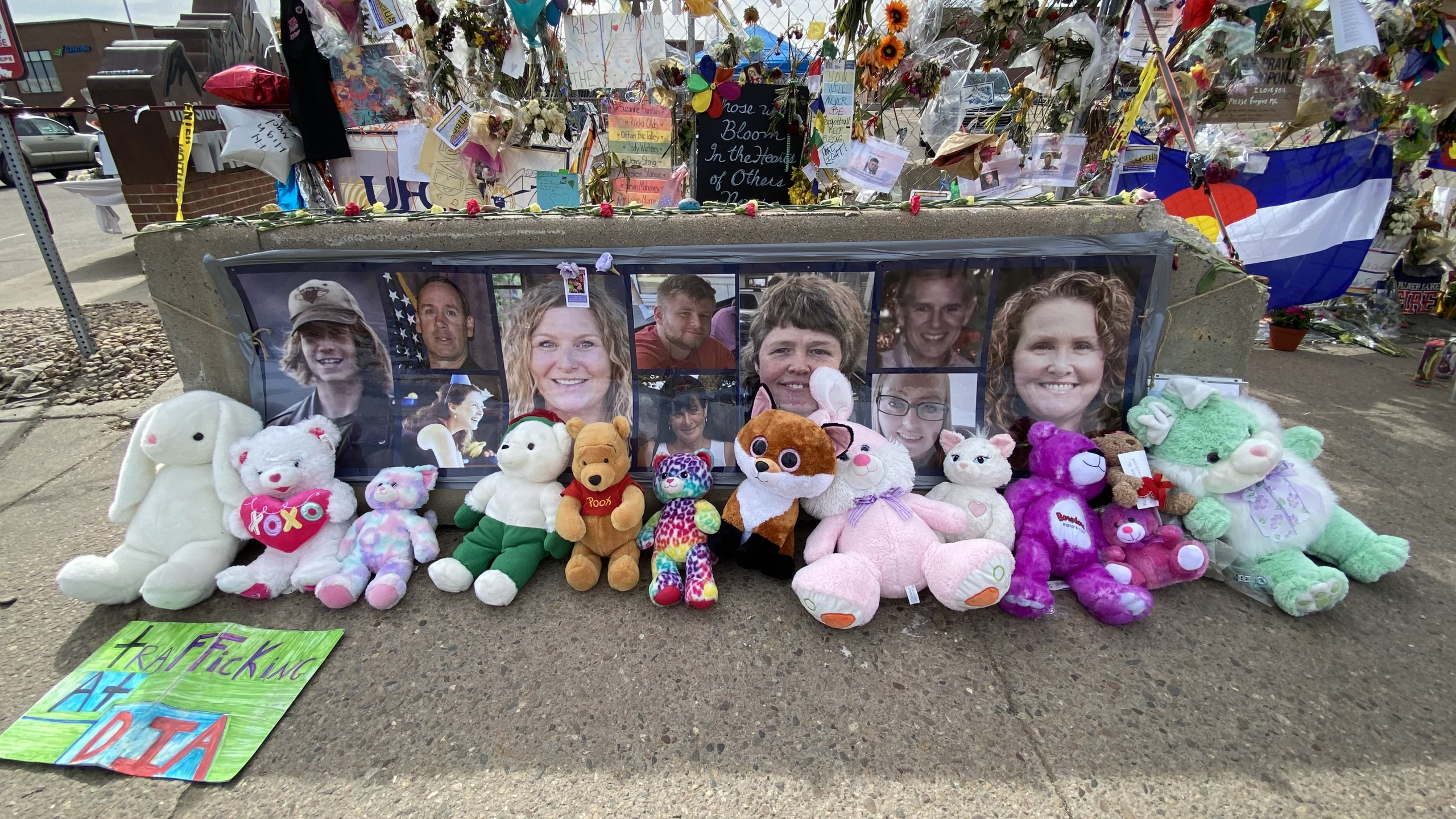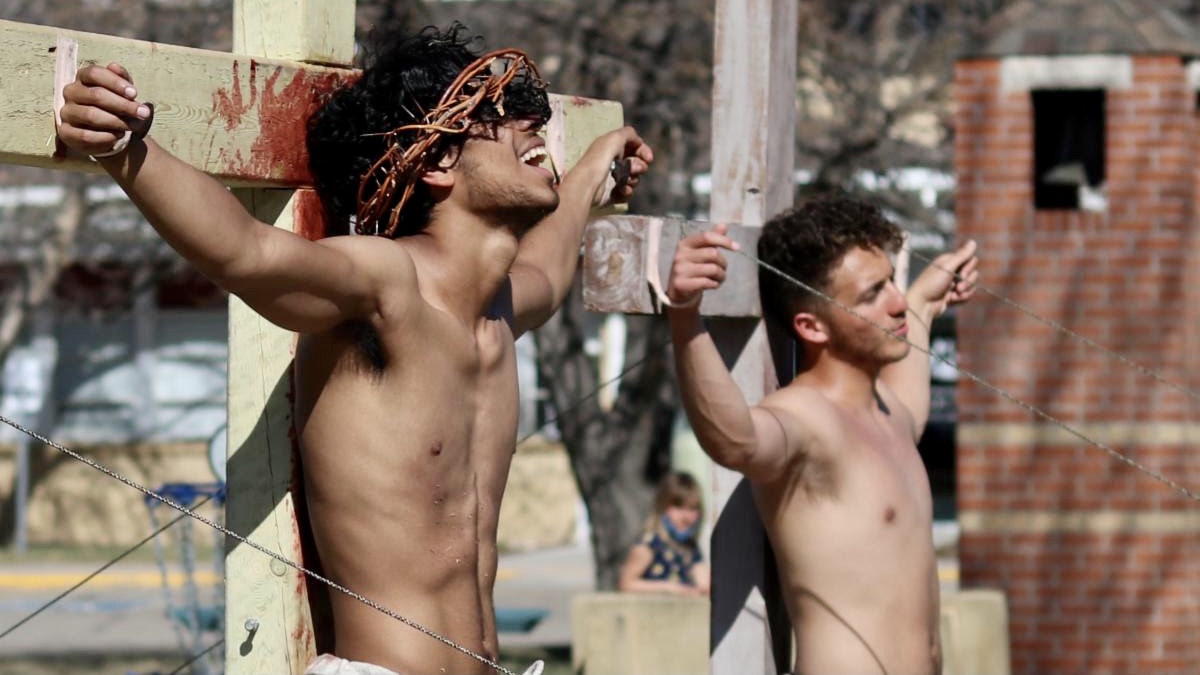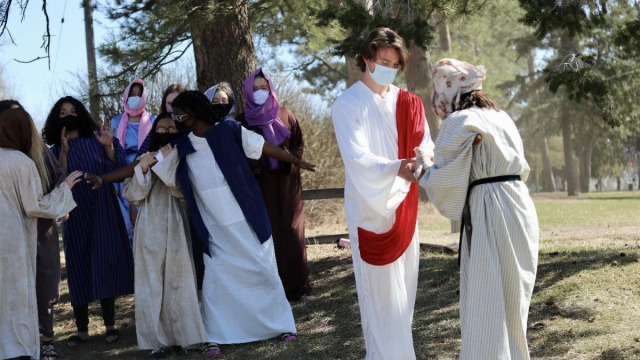Por Samantha Nelson … Bullying—we todos hemos oído la palabra fea y, en algún momento,muchos de nosotros hemos observado que sucede, sido víctimas de ella, o tal vez incluso sido el autor de la misma. El acoso escolar es un medio agresivo de control e intimidación. Por feo que suene la palabra, sin embargo, los efectos del acoso pueden ser mortales,ya que los estudios han demostrado que los jóvenes que son intimidados tienen el doble de probabilidades de suicidarse. 1
¿Recuerdas el antídoto supuestamente alentador que aprendimos cuando éramos niños? “Palos y piedras me romperán los huesos, pero las palabras nunca me harán daño” ? Bueno, mis amigos, las palabras pueden-ylo hacen-doler. A veces causan más daño y daño duradero que un broken hueso que finalmente sana. Los niños pueden ser malos. Las palabras pueden afectar a una persona durante toda la vida. A veces el acoso escolar se debe a que un niño es sólo un niño malo, pero, a menudo, ese niño es un matón porque está siendo intimidado o abusado o puede estar experimentando algún otro tipo de trauma emocional o físico (es decir, divorcio parental, falta de vivienda, etc.). Esto no excusa su comportamiento; sin embargo, proporciona una visión de algunas de las razones por las que los niños se comportan de maneras inapropiadas o incluso dañinas o peligrosas.
Si bien el acoso escolar está muy extendido entre todos los grupos de edad,y se ve un poco diferente dentro de cadauno, ninguno parece ser más frecuente que en nuestras escuelas. No sólo en las escuelas públicas, sino incluso en nuestras escuelas cristianas. Y, sí, me entristece decirlo, incluso en nuestras escuelas adventistas. No me crié en una casa cristiana y asistí a escuelas públicas desde kindergarten hasta 12º grado. Uno de mis primeros recuerdos de acoso fue cuando estaba en 2º grado. Me había roto la pierna paseando a mi perro y tuve que usar un yeso de pierna completa y usar muletas. Uno de los chicos de mi clase pensó que era gracioso quitarme las muletas en el recreo para no poder moverse.
Me quedé sentado en la acera, incapaz de volver a clase cuando sonó la campana y temeroso de estar en problemas por llegar tarde. Esto terminó cuando mi amigo y vecino, unos grados más alto que yo, caminó a través del patio de recreo y reprendió al niño y me trajo mis muletas de vuelta. Eso fue algo agradable de hacer y representa una manera en que podemos ayudar a detener el acoso, tomando medidas cuando vemos a alguien que necesita ayuda. Puede significar informar al maestro o a un padre sobre lo que está sucediendo. Puede significar ser amigo de un estudiante vulnerable. Otro caso de acoso también ocurrió durante 2º grado. Había otro chico que constantemente me molestaba. Me tiraba del pelo, me sacaba las cosas de las manos y me llamaba. Mi profesor no hizo nada. Le dije a mis padres lo que estaba pasando. Mi padrastro, bendice su corazón, había crecido boxeando y defendiéndose de maneras físicas. Decidió que la respuesta era enseñarme a golpear al chico cuando me golpeó o me molestó. Pelear no fue una solución atractiva para mí y, para mi recuerdo, nunca recurré a golpear al chico de vuelta. El año escolar terminó y no creo que lo haya vuelto a ver.
La lección importante aquí es que, si bien defenderse a sí mismo puede ser necesario a veces, la violencia generalmente no es la respuesta.
El tiempo pasó y mi primer año de secundaria se convirtió en un tiempo de acoso escolar de una manera diferente. Tenía 16 años,5’7″ de alto y sólo pesaba 75 libras. El abuso que sufrí en casa me llevó a convertirme en perfeccionista y anoréxico en un intento de controlar las únicas cosas que pude en mi vida, mirecta-Una tarjeta de calificaciones y mi ingesta de alimentos. Me moría de hambre. Debido a que me fui a la escuela temprano en la mañana y trabajé después de la escuela, pude evitar casi todas las comidas regulares y, por lo tanto, las comidas reales.
Cuando la popular canción, “We Are the World”, fue lanzada en 1985 por Estados Unidos para África como un sencillo benéfico para combatir la hambruna en África, no pensé nada en particular al respecto, pero algunos de los otros estudiantes lo hicieron. Me desperté una mañana a mi radio despertador tocando la canción con un anuncio especial de que se había dedicado a mí. Me quedé estupefacto. Cuando entré en el edificio de la escuela ese día, encontré carteles dibujados a mano de mí como una figura de palo — llamándome el niño cartel etíope — con monedas de níquel pegadas a ellos pegados a las taquillas y las paredes del pasillo. Fue vergonzoso, por decir lo menos, y me hizo sentir avergonzado de mí mismo como ser humano. Entre el abuso en casa y el acoso escolar, empecé a autolesionarme y planear mi suicidio (esa historia es demasiado larga para este breve artículo).
Si bien estos casos ocurrieron en escuelas públicas, desde que me convertí en presidente de la junta escolar de nuestra escuela adventista local, me he vuelto muy consciente del acoso dentro de nuestras propias escuelas supuestamente “seguras”. Hay estudiantes que se enfrentan, se llaman entre sí nombres, tiran del pelo, golpean, patean, etc. Es algo que no se tolera, afortunadamente, y los padres son a menudo los destinatarios de una discusión sobre el comportamiento inapropiado de su hijo hacia los demás. Nosotros, como cristianos, como Adventistas del Séptimo Día, como adultos, y como representantes de nuestro Padre celestial en la Tierra, debemos hacer todo lo posible para prevenir y detener el acoso cuando está teniendo lugar. La vida de un niño, o incluso la de un adulto, puede estar en juego.
Nota al pie de página:
1.Hinduja, Sameer & Patchin, Justin. (2018). Conectar el suicidio adolescente con la gravedad del acoso y el ciberacoso. Revista de Violencia Escolar. 18. 1-14. 10.1080/15388220.2018.1492417.
recursos adicionales:
http://www.columbiaunion.org/content/underscore-combating-bullying-how-can-we-help-helpless
https://www.stopbullying.gov/resources/get-help-now
https://www.meganmeierfoundation.org/statistics
–Samantha Nelson es la esposa de un pastor que sirve junto a su marido, Steve, en el noroeste de Wyoming. Es cofundadora y DIRECTORA EJECUTIVA de The Hope of Survivors,una organización sin fines delucro dedicada a ayudar a las víctimas de abuso sexual del clero y proporcionar seminarios educativos. al clero de todas las religiones. A ella y Steve les encanta viajar, caminar en las montañas y disfrutar de la belleza de la creación de Dios. Foto suministrada.

